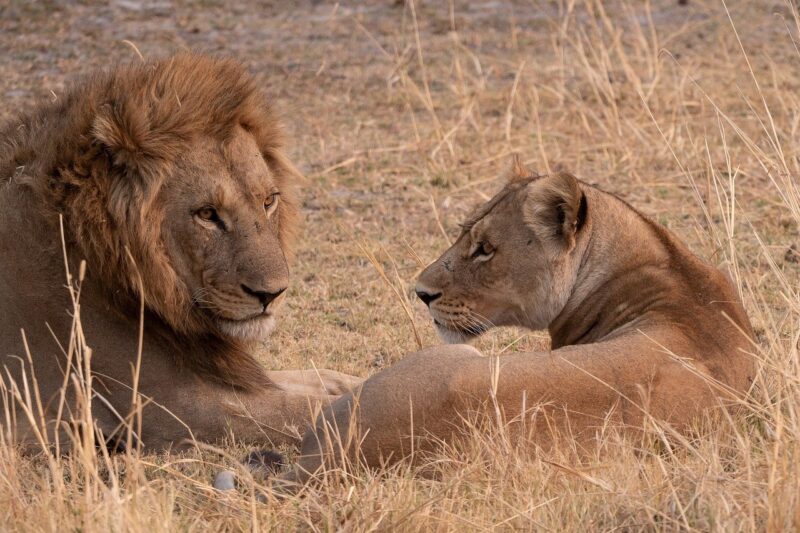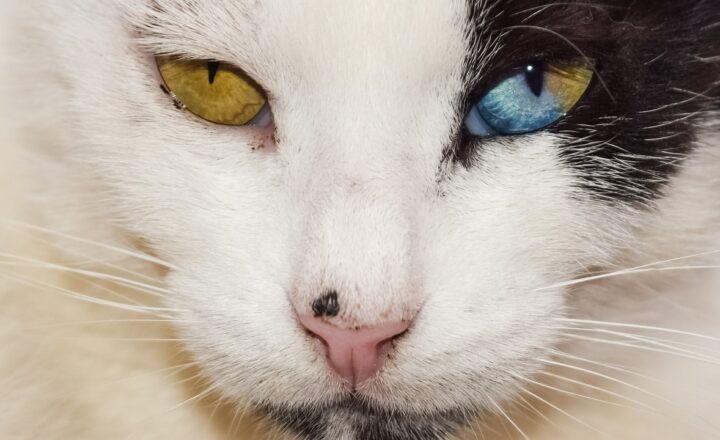The Daily Life of a Wild Lion: What It Really Takes to Survive on the African Savanna
November 13, 2024

Lions, often referred to as the kings of the jungle, are not only majestic creatures but also fascinating subjects of study when it comes to their daily lives in the African savanna. Their behaviors, hunting strategies, social structures, and survival tactics provide rich insights into their role in the ecosystem and the ongoing challenges they face.
1. The Social Structure of Lion Prides
Lions live in groups called prides, which are typically composed of several related females, their cubs, and a coalition of 1 to 4 males. The structure of the pride plays a crucial role in their survival and daily life.
– Females: Lionesses are the primary hunters for the pride. They are responsible for teaching their cubs essential survival skills and maintaining group harmony. Their cooperative hunting methods make them effective predators.
– Males: The male lions usually protect the pride’s territory from rival males. They play a significant role in keeping the pride safe, which allows the females to hunt and care for their young.
– Hierarchy: Within the pride, there exists a hierarchy that governs social interactions. Female lions form strong bonds and help each other while male lions often engage in battles for dominance.
2. Daily Activities: From Resting to Hunting
Understanding the daily routine of a lion in its natural habitat provides valuable insights into its survival strategies. Here’s how a typical day might unfold:
– Morning: Lions typically begin their day at dawn. Wind is usually calm, and the air is cooler, making it an optimal time for hunting. Lionesses often collaborate in groups to stalk and ambush prey like zebras and wildebeest. Female lions hunt more often than males because they need to feed their cubs and, therefore, undertake the bulk of the hunting duties.
– Midday Rest: After a successful hunt, the pride often returns to a shady spot to rest. Lions are known for their conservation of energy, sleeping up to 20 hours a day, particularly during the heat of midday. This resting period helps them conserve energy for their next hunt and is crucial for their overall health.
– Evening Activities: As dusk sets in, lions stir from their slumber, ready for another round of activities. They often engage in social behaviors like grooming and playing, which strengthens bonds within the pride. This time is also used for additional hunting.
3. Hunting Strategies: Teamwork in Action
Hunting is an art rooted in cooperation and strategy. Lionesses work together to bring down prey, showcasing teamwork that is vital for their survival:
– Stalking and Ambushing: Lionesses split into smaller groups to increase their chances of catching prey. One group might act as a distraction while another group ambushes from a different angle. Their keen eyesight and ability to move stealthily among tall grasses give them a significant advantage.
– Chasing: Once the prey is located, lionesses rely on short bursts of speed. They can reach impressive speeds of up to 50 miles per hour for brief distances. This tactic aims at exhausting slower prey.
– The Kill: Once the prey is caught, it’s not only vital for nourishment but also a bonding experience for the pride as they share the meal, reinforcing their social structure. Each pride member plays a role in accessing the food, with the dominant lions often eating first.
4. Cubs: The Future of the Pride
Cubs are an integral part of any pride, and their upbringing is essential for the survival of the species. Lionesses invest significant time and energy into raising their young:
– Nurseries: Lionesses often find a secluded area to give birth, creating a safe environment for their cubs. The first few weeks are crucial as the cubs rely entirely on their mother’s milk and protection.
– Teaching Life Skills: As the cubs grow, lionesses begin teaching them hunting skills around the age of three months. Play becomes an essential part of their learning, allowing them to practice the skills they will need to survive in the wild.
– Risks: Sadly, cubs face significant risks from external threats, including food scarcity, competition from other predators, and male lions from outside the pride, which may seek to take over by killing existing cubs.
5. Challenges in the African Savanna
While lions have evolved into exceptional predators, they face numerous challenges:
– Habitat Loss: Human encroachment poses a significant threat to lion habitats, leading to fragmentation and loss of prey availability.
– Poaching: Illegal hunting presents a grave danger to lions and other wildlife. Poaching affects not only the lion population but also the entire ecosystem.
– Climate Change: Changing weather patterns can affect the availability of prey and water sources, ultimately impacting the lions’ habitat and survival.
Conservation efforts focused on safeguarding lion habitats, community education, and anti-poaching measures are more critical than ever to ensure their survival in the wild.
Conclusion: A Day in the Life
Understanding the daily life of a wild lion provides us with insight into their complex social structures, hunting strategies, and the challenges they face in the African savanna. These extraordinary animals are not only critical to their ecosystem but also serve as symbols of wilderness and conservation efforts worldwide. The survival of lions depends on our recognition of their plight and our collective action to protect these majestic creatures and their habitats for generations to come.
Through education and responsible action, we can help ensure that the king of the savanna continues to roam freely across its majestic landscape.








